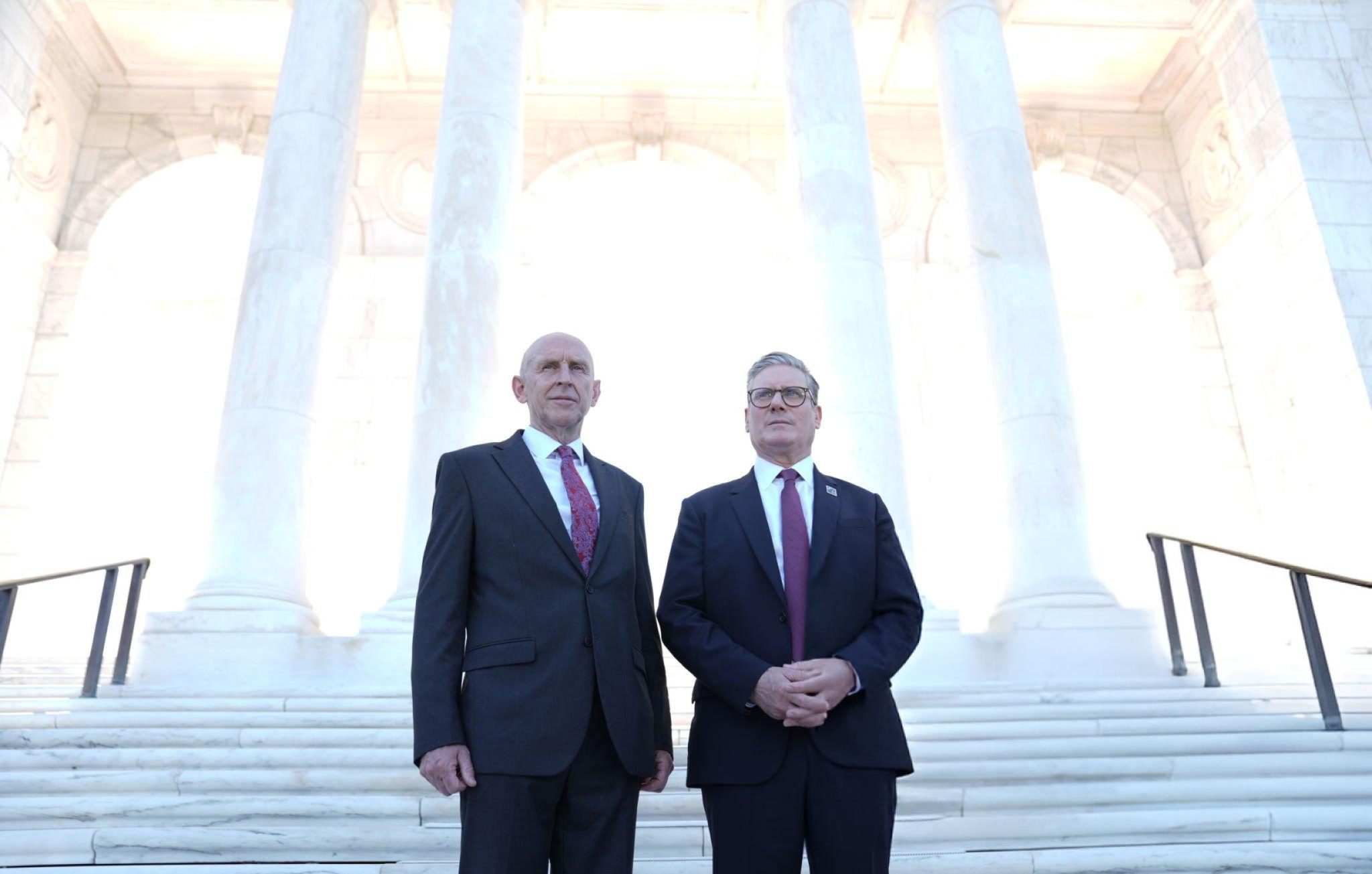The United Kingdom is on an unwavering path to increase defence spending to 3% of GDP by the mid-2030s, Defence Secretary John Healey has confirmed, declaring a “certain decade of rising defence spending”.
Speaking to The Times, Mr Healey dismissed any uncertainty around the Government’s defence ambitions, insisting there is “no doubt” the target will be met. “It allows us to plan for the long term,” he said. “It allows us to deal with the pressures.” His comments come as the Ministry of Defence undertakes a strategic defence review (SDR), assessing the future shape, priorities and resources of the UK’s armed forces.
The Labour Government has already committed to increasing defence spending to 2.5% of GDP by April 2027. The 3% goal, to be achieved within the next Parliament, marks the most significant investment in UK defence since the Cold War.
Prime Minister Sir Keir Starmer previously said the move was crucial for national resilience. “In an ever more dangerous world, increasing the resilience of our country so we can protect the British people, resist future shocks and bolster British interests, is vital,” he declared when announcing the trajectory earlier this year.
The SDR will guide how the additional funding is utilised, with a focus on deliverable and affordable changes that align with the Government’s resources and vision. It is expected to shape reforms in roles, capabilities, and procurement, with innovation and modernisation at its core.
A Ministry of Defence spokesperson reiterated the Government’s ambition: “This Government has announced the largest sustained increase to defence spending since the end of the Cold War – 2.5% by 2027 and 3% in the next parliament when fiscal and economic conditions allow, including an extra £5 billion this financial year.”
They added that the strategic review “will rightly set the vision for how that uplift will be spent, including new capabilities to put us at the leading edge of innovation in Nato, investment in our people, and making defence an engine for growth across the UK – making Britain more secure at home and strong abroad.”
However, the route to this increased defence budget has not been without controversy. The additional funds will, in part, be drawn from a cut in the UK’s overseas aid budget—from 0.5% to 0.3% of Gross National Income (GNI). The decision prompted the resignation of then-international development minister Anneliese Dodds.
In her resignation letter to the Prime Minister, Ms Dodds wrote: “You have maintained that you want to continue support for Gaza, Sudan and Ukraine; for vaccination; for climate; and for rules-based systems. Yet it will be impossible to maintain these priorities given the depth of the cut.”
Meanwhile, international pressure for increased defence funding is mounting. Speaking to Nato’s parliamentary assembly in Dayton, Ohio, earlier this month, secretary-general Mark Rutte stated: “I assume that in The Hague we will agree on a high defence spend target of, in total, 5%.” Nato leaders are set to meet in the Dutch city next month.
Mr Healey’s pledge puts the UK among the top-tier Nato nations in terms of military spending, reaffirming Britain’s commitment to collective security and its role on the world stage. With global threats evolving and geopolitical tensions rising, Downing Street’s defence strategy represents both a message of deterrence and a reassertion of Britain’s military presence in an increasingly uncertain world.






